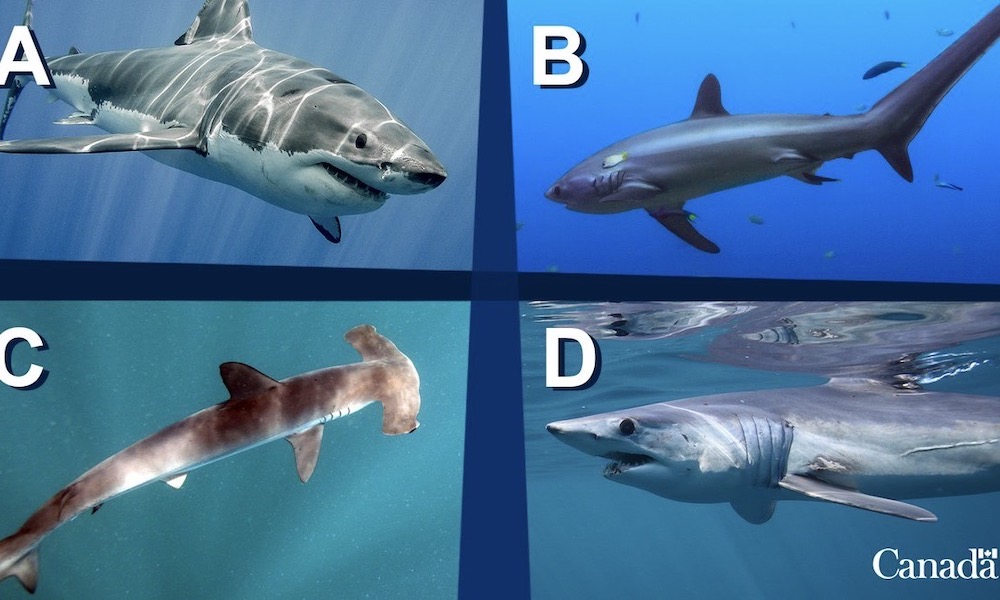The Georgia Department of Natural Resources on Wednesday shared an image showing a snake stretched beneath a log on the forest floor.
The coachwhip is fairly easy to spot but the purpose of the Facebook post was to quiz viewers about another reptile less visible in the image.
“I SPY with my WILDLIFE eye…” the GDNR began. “A coachwhip ssslithering under a log! But there’s another reptile hidden here… can you find it?”
(The reptile is pointed out at the bottom of this post.)

The agency promised to identify the critter later in the day, while keen-eyed followers were busy commenting.
One observed a “bright green grasshopper” on the log and was quickly reminded that “bugs aren’t reptiles.”
The GDNR: “He’s there to distract.”
RELATED: Can you spot the rattlesnake in Arizona man’s yard?
Another mentioned that “coachwhips are cool” and they are, in fact, among the longest snakes in the Southeast, measuring to about 8 feet. The sleek and slender reptiles, masters of camouflage, are also called whip snakes.
“Coachwhip! I’m surprised it stuck around for a photo,” one follower added.
But several followers identified the reptile in question. “Lizard on the log,” one person wrote.
“If that lizard isn’t careful, it could be the snake’s next meal,” another chimed in.
“Fence lizard,” another answered.

On Thursday the GDNR provided the answer, Eastern fence lizard, and posted the accompanying image, which also points to the tiny green grasshopper.
[listicle id=1999778]




